You have a great idea and want to make money with it but perhaps your funds are low, your knowledge of manufacturing is limited and you’re not ready to quit your day job to go into business with it. Licensing is an alternative way to bring your idea or invention to market with limited risk using someone else’s resources and collecting a royalty payment. A simple definition of licensing is to rent your intellectual property, such as a patent, trademark, trade secret, algorithm or process, and partner with a company that has manufacturing capabilities and distribution to bring that idea to the marketplace with the ultimate goal of all parties making a profit.
Be Prepared Before You Present Your Invention Idea
Now take your invention idea and bring it up to a point where you have some intellectual property protection, conducting your own basic search and/or a professional patent search. Reference previous answers.com article for more information on claiming your idea: “Start Here With Your Idea” You may consider starting with a provisional patent or design patent filed. Once you file you have patent-pending status. Sometimes you may not need any formal intellectual property protection and may want to just start with a confidentiality agreement or non-disclosure agreement to present your idea. This way is possible, however you are at your own risk and not every company may want to look or hear about your non-protected idea.
Imagine Your Idea in Retail
While doing your research, think about what type of stores or retail channels you can imagine your product in such as big box brick and mortar retailers, specialty stores, boutiques, catalogs, home shopping channels, online retailers or craft fairs. You can start by walking up and down the aisles of the stores where you imaging your product being sold. Keep an eye on what is already being offered and where your product would be placed. Flip over the packages to find the company name and information to later research the company background online. Browse their product line, read up on their management if available, find out where they are located, what stores they distribute to and if they have a section on their website for new product submissions.
What is a Licensee and Licensor?
The manufacturer with distribution is called the licensee and the inventor presenting their invention is called the licensor. The Licensee can have their own manufacturing facility that they run or they outsource their production to an outside factory. They can have a built in distribution team that presents the products to their current retail accounts or may pitch new accounts for distribution. If they choose not to have an in-house sales platform, they may have sales reps or agents which usually have established accounts in a specific category and industry.
Presenting Your Idea to a Licensee
It’s time to start making some calls to the companies you researched and feel may be good candidates for your idea. Call their corporate number and ask if they review outside invention ideas and if so, how you could present yours to them. Be prepared when they ask for what protection you have on the idea. They may ask for an exchange of non-disclosure agreements. It may take some navigating through the receptionist or gate-keeper to find the person or department responsible for licensing, product development or other titles that differ in each company. You may get through to the person directly or be given an email address to send your information to.Be prepared to deliver a quick elevator pitch on what your idea does and what makes it unique. They may ask for photos, a sketch or prototype or whatever you can show. You can also have a very short homemade video ready to email to the potential licensee.
The Verdict
If the company is interested in your invention, you the licensor, would be paid a royalty which is a percentage of sales that is usually received in quarterly payments. There are other provisions that may be included in a licensing agreement could be exclusivity, countries covered, guarantees of minimum sales, advances against your royalties and terms of the agreement. Most of the time the licensee, your new partner, will involve you with certain steps of the design modifications, packaging designs, activity of production, placement into retailers, however your involvement may be limited.If the potential licensee tells you they are not interested, try to get feedback to see what they thought and why they are passing on your idea. Be respectful of their decision and keep an open door to be able to present your next idea to them.
Finding a Licensing Agent
There are also licensing agents within industries that can help you make a match to a potential licensee. You can find them at industry trade shows, industry magazines or direct distributors and manufacturers in the industry can direct you to their contacts. Another resource can be networking through inventor clubs in your area.
Continue on your quest to find the right partner to present and license your invention to. Remember that just because a licensee or potential partner tells you that they are not interested, doesn’t mean that you need to abandon your idea or be discouraged. It may be that they were not the right partner and you need to keep looking. Listen to what feedback you are receiving from everyone and keep an open mind on making adjustments along the way to bring you closer to making that deal.
By Brian Fried







